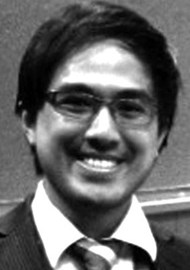Noise-induced hearing loss (NIHL) is one of the commonest occupational conditions and has been linked with increased risk of work-related injuries. Noise-induced hearing loss is traditionally associated with bilateral symmetrical sensorineural hearing loss unless they are exposed to unilateral noises, such as firing weapons. The authors aimed to determine if occupational NIHL could lead to asymmetrical hearing loss. They performed a cohort study with a 15-year follow up of metallurgy workers from eight different companies in Brazil, with NIHL classified as mean air conduction (AC) thresholds of >25 dB at 3, 4, and 6 kHz. The authors defined asymmetry as a difference of 15 dB or more at each frequency. There were a total of 2103 workers included in the study, all of which had normal hearing at baseline. There were 483 and 216 workers who had noise exposure for 10 and 15 years respectively, with the remaining workers not exposed to a loud environment. The authors found the number of workers with 15 dB or more hearing asymmetry at 1.52%, 8.07% and 35.18% in the group of workers who had zero, 10 and 15 years of noise exposure respectively. The authors also compared interaural difference for each frequency and found increased interaural difference in the high frequencies between the different groups, with the biggest difference noted in workers with 15-years’ noise exposure. The interaural difference, although found to be statistically significant, was small, ranging between 2.8 to 6.9 dB. In the majority of cases, hearing was worse in the left ear. This study was useful as it supports previous publications about asymmetry found in occupational NIHL and findings that the left ear appears more likely to have worse hearing thresholds. It is worth noting that there was a significant difference in the mean age between the groups with the workers, with the longest noise exposure also being the oldest and the workers without noise exposure being the youngest.




